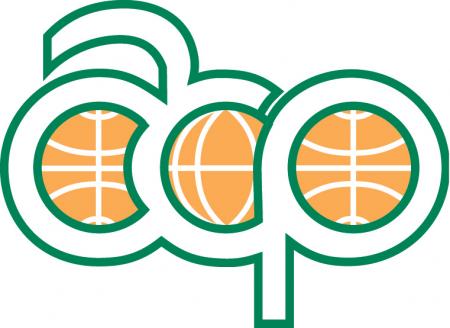More than half the world’s forests fragmented in 20 years — but protection works: Study
“If you can imagine walking into a huge, 1,000-kilometer square [386-square-mile] tropical forest … it’s moist and damp [with] rich soil and an overstory. You imagine walking into a 10-meter [33-foot] patch of forest and it’s just a totally different thing. It’s drier, it’s more open, it’s more harsh, and there’ll be far fewer species,” says Thomas Crowther, ecology professor at the Swiss Federal Institute of Technology Zurich (ETH Zurich).






